Uggie the Dog Got a Red Carpet Farewell — But He Was the Exception
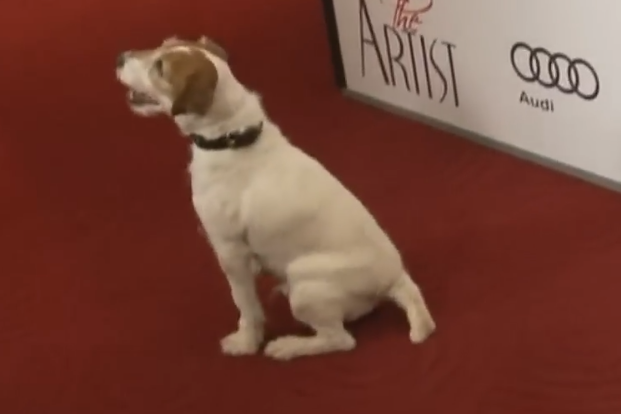
Uggie, the Jack Russell from The Artist, stole scenes—and hearts—with his charm and talent. He mingled with A-listers, earned awards, and was treated with real care by his trainers, enjoying a rare level of comfort and attention in Hollywood.
After retiring, Uggie lived peacefully with his trainer until his passing at age 13. His story was celebrated—but that’s what makes it stand out. For every Uggie, there are countless animal actors who fade into obscurity, often facing isolation and stress after life on set. Uggie showed how good it can be—but also how rare that happy ending truly is.
The Orcas of Free Willy Were Never Truly Free

Free Willy told a powerful story of liberation—but for Keiko, the orca who played Willy, real freedom was much harder to find. After filming, he remained in a small, unhealthy tank in Mexico, far from the ocean and the happy ending fans imagined.
Public pressure and a global campaign eventually raised millions to move Keiko to Iceland for rehabilitation. But after years in captivity, adapting to the wild proved difficult. He never fully joined a wild pod and died of pneumonia in 2003—alone, far from Hollywood.
Keiko’s journey showed the deep disconnect between fiction and reality. While he played a whale set free, his real life was marked by confinement, struggle, and the lasting scars of captivity. For Keiko, acting free was far easier than being it.
The Curious Case of Crystal the Monkey

Crystal the capuchin monkey isn’t just background fluff—she’s Hollywood royalty. With roles in Night at the Museum, We Bought a Zoo, and The Hangover Part II, she mastered comedy, chaos, and charm. Acting since the late ’90s, she stayed relevant in an industry that rarely lets stars—human or not—stick around.
Unlike many animal actors, Crystal didn’t vanish after the credits rolled. She retired under the care of her longtime trainer, with plenty of love, enrichment, and medical attention. It’s a rare, happy ending in an industry where animals are often overused and underprotected. Crystal’s story stands out as a glimpse of what’s possible when care comes before profit.
Beethoven the St. Bernard Was Actually Several Dogs
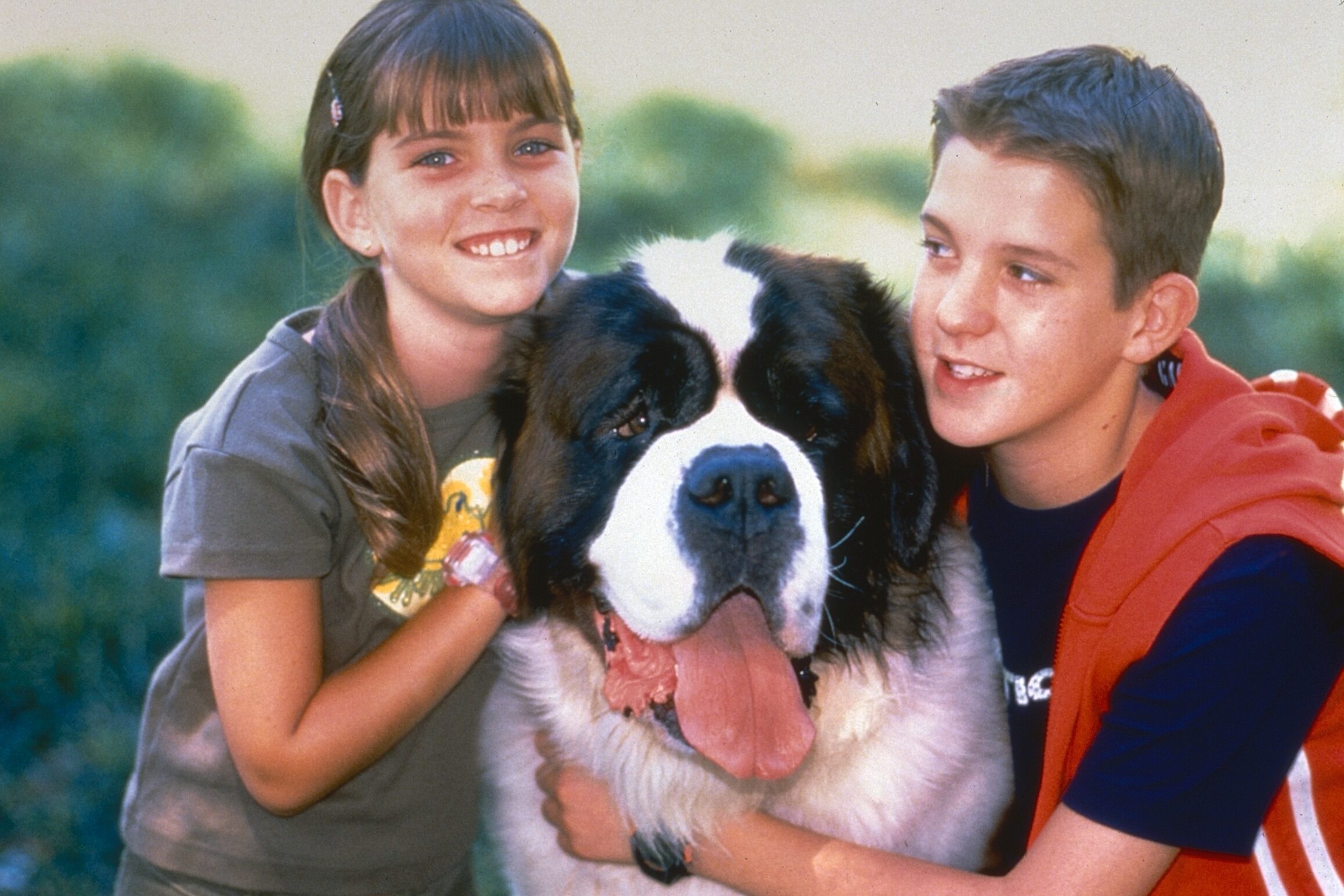
The Beethoven movies made St. Bernards a ’90s favorite—if you didn’t mind the drool. But behind that lovable star was a whole team of dogs. Over a dozen trained St. Bernards played Beethoven, each with a specialty: barking, stunts, or simply sitting still. The lead dog, Chris, handled the close-ups, his soulful eyes becoming the face of the franchise.
Chris retired comfortably with his trainer, but most of the other dogs weren’t so lucky. Many animal actors are treated like props—used for one project, then returned to kennels or shuffled between handlers. Some get adopted by kind crew members, but there are no guarantees. The credits may list one Beethoven, but the truth is, many dogs carried that role- and most never got the recognition or retirement they deserved.
Babe the Pig Faced a Forked Path After Fame
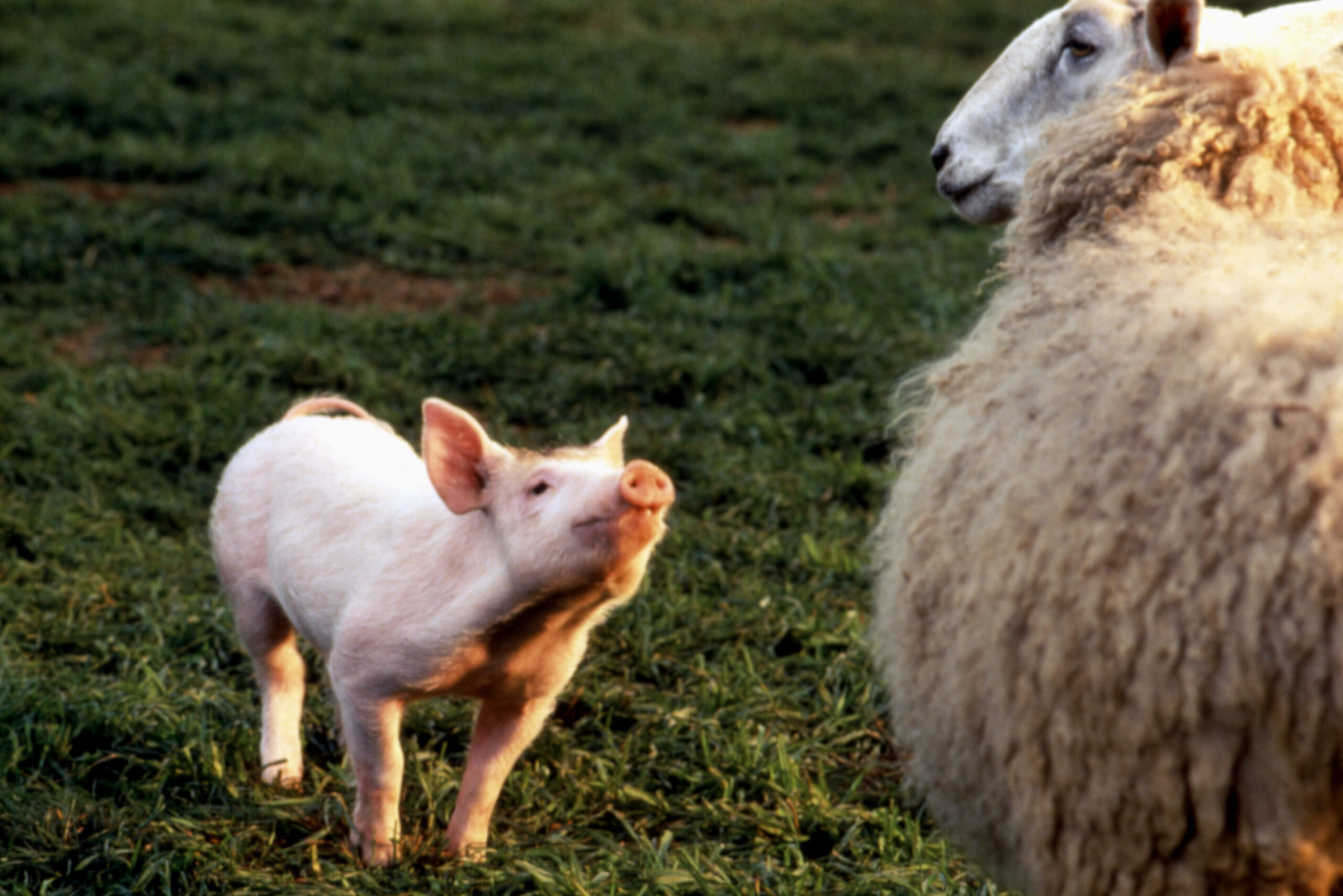
Babe melted hearts and made some of us swear off bacon—at least temporarily. But behind the scenes, over 40 pigs played the title role, swapped out constantly as they grew. Each one was trained to follow cues, wear costumes, and hit marks—no small feat for a baby pig.
While a few were adopted or retired to farms, others were reportedly sold for meat, sparking backlash from fans and animal rights groups. The irony was brutal: a film about saving a pig led to others being slaughtered. The outcry pressured studios toward more transparency, but there’s still no industry standard for what happens to animal actors after the credits roll. Onscreen, Babe had a happy ending—but real life isn’t always so kind.
40 different pigs played the role
The Tragic Fate of the Tigers in Life of Pi
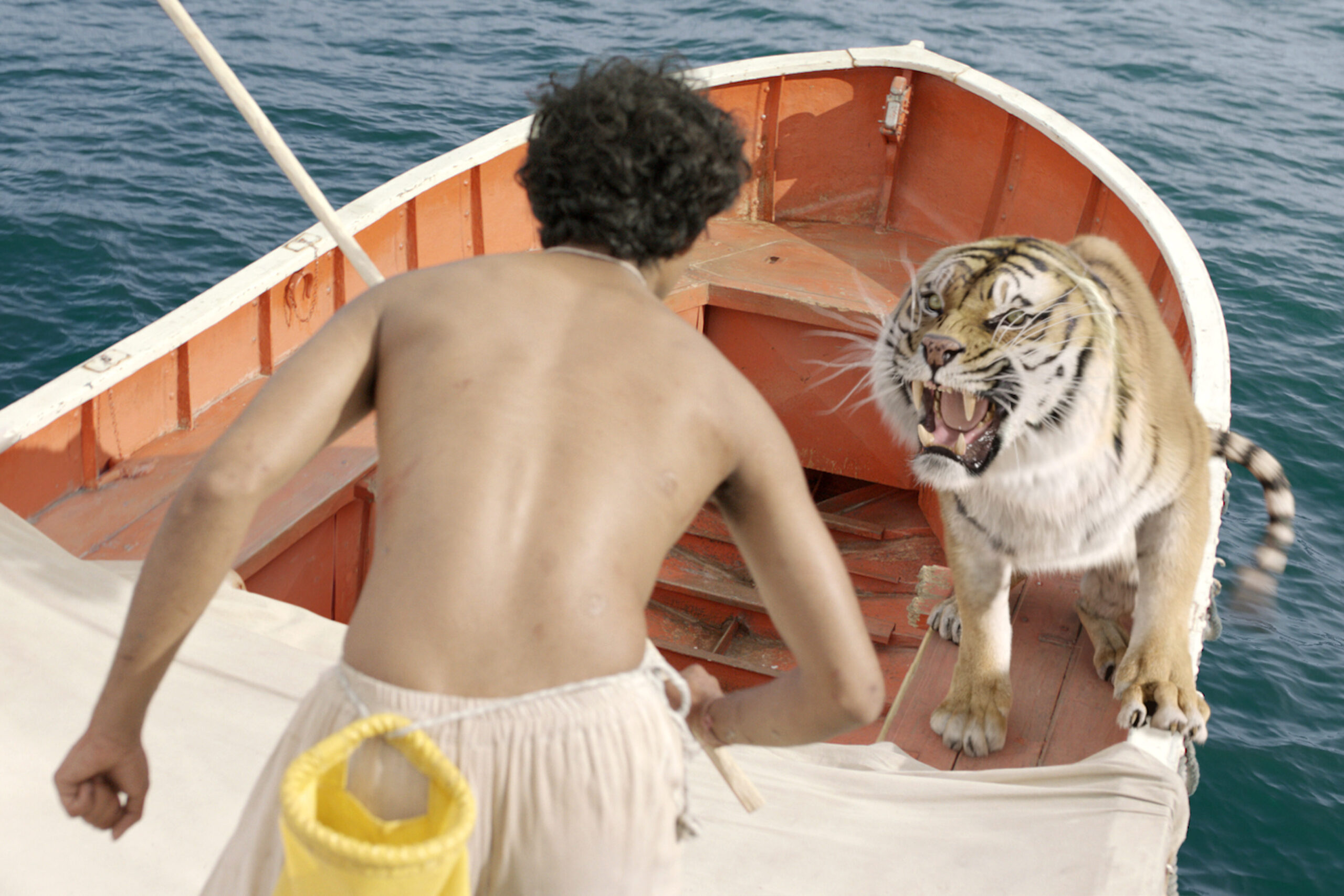
Richard Parker, the tiger from Life of Pi, wasn’t just CGI — he was also played by a real Bengal tiger named King. While digital effects handled the action, King brought authenticity to key close-ups, his presence adding depth and realism to the film.
Trained with care and used sparingly, King’s performance helped earn the film an Oscar. But after filming, he was returned to a wildlife compound, where he reportedly lived in isolation. Despite his role in a cinematic masterpiece, his real life was far from magical.
Animal welfare groups raised concerns, pointing out how exotic animal actors often face lonely, confined lives once the cameras stop. Studios rarely fund their long-term care, leaving animals like King to fade into quiet captivity. He helped tell a powerful story — but his own was left untold.
The Horses of Lord of the Rings Found New Homes — Some, at Least
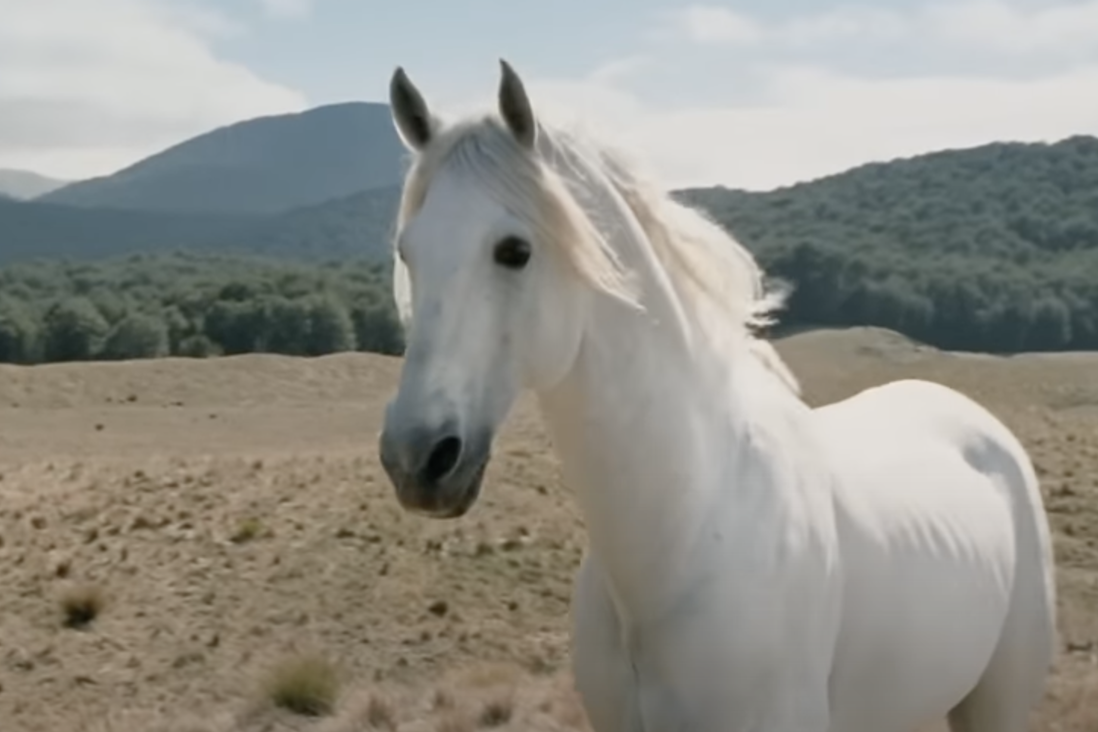
The horses in The Lord of the Rings brought Middle Earth to life—charging into battle, crossing mountains, and adding realism no CGI could match. They were carefully trained and even had stunt doubles for dangerous scenes.
After filming, some found happy endings. Viggo Mortensen adopted two, and others were rehomed in New Zealand. But not all their fates are known. Big productions use many animals, and most don’t make headlines once the credits roll. Horse care is costly, and without long-term planning, many fade into uncertainty. Some rode off into real-life fairy tales—others, we may never know.
The Cats of Harry Potter Had Magical Careers — Then Vanished
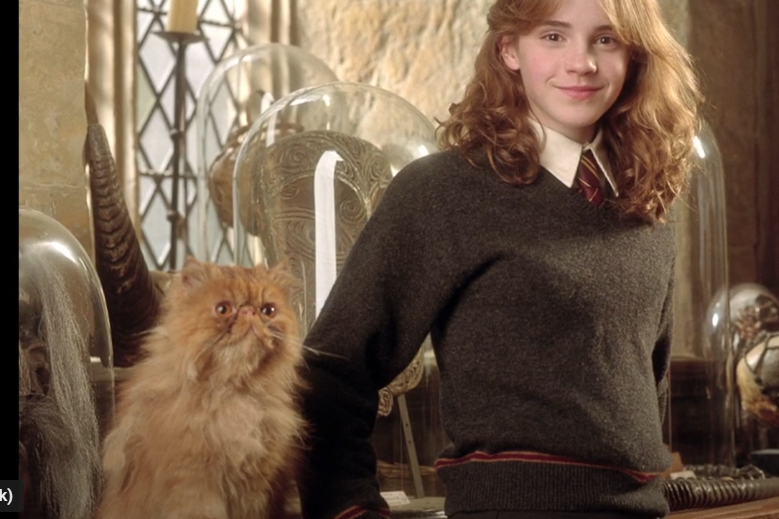
Crookshanks, Mrs. Norris, and a crew of trained feline extras brought Hogwarts to life in the Harry Potter films. Each cat was carefully trained to follow cues, wear costumes, and hit their marks. Mrs. Norris was played by multiple cats, each skilled in a specific task. Crookshanks even had stunt doubles.
But when filming ended, the cats faded from public view. Unlike dogs, cats in film rarely get follow-up stories. Some were likely adopted by handlers or crew—others quietly retired. There’s no Hogwarts retirement home for movie cats, and little industry transparency. We’d like to imagine Crookshanks lounging in a sunny garden—but the truth? It’s probably far less magical.
The Chimps in Planet of the Apes Didn’t Get the Hollywood Ending
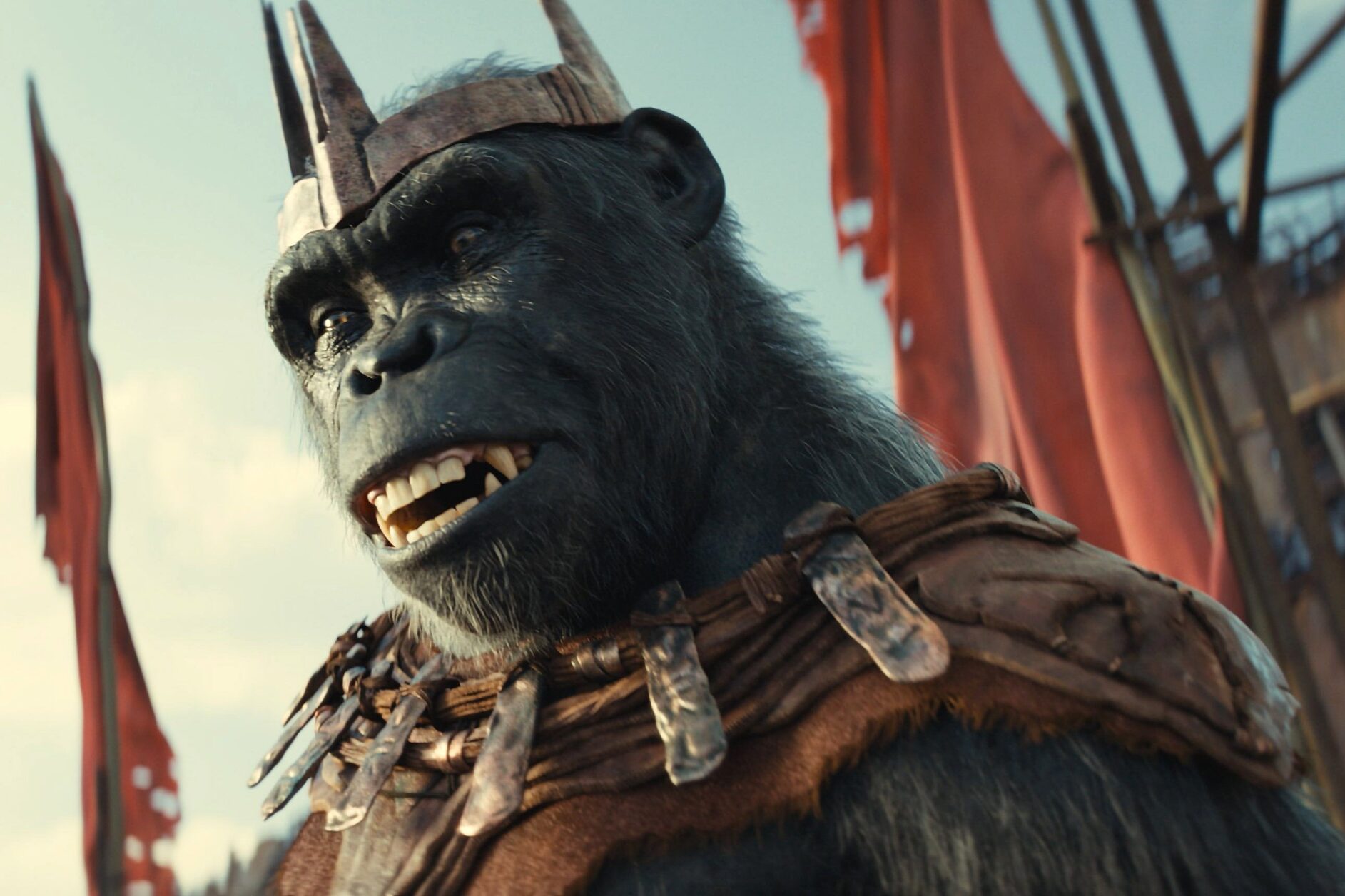
The original Planet of the Apes films used real chimpanzees and orangutans in costume—trained to perform complex tasks under stressful conditions. While praised for their storytelling, the films were made at a time when animal welfare was barely a consideration in Hollywood.
Once primates age out of performing, they often become too strong to handle safely. Many are sent to roadside zoos, labs, or inadequate sanctuaries. Some are caged in isolation for life. Others are quietly euthanized. Despite delivering deeply emotional, human-like performances, these animals were rarely shown human-like care once the cameras stopped.
Today, a few groups work to rescue retired primate actors—but for many, help came too late. Their stories remind us: when animals are treated like props, they’re often discarded like them too—no matter how human their roles felt on screen.
The Penguins of March of the Penguins Were Just Being Themselves

The stars of March of the Penguins didn’t need scripts or trainers—they were just being penguins, surviving the Antarctic and raising their young. Filmmakers braved brutal conditions for months to capture their story, creating a documentary that felt more like an epic love letter to nature.
But because these weren’t trained animals, they weren’t protected like them either. Wildlife in documentaries doesn’t fall under the same ethical guidelines as animals on film sets. Some crews have been accused of disturbing habitats or stressing animals with drones and noise.
The penguins returned to their routines, unaware of their fame. But as nature docs grow more ambitious, filmmakers must face a tough reality: capturing wildlife without harming it is harder—and more important—than ever.
The Parrots of Pirates of the Caribbean Had to Be Replaced Frequently
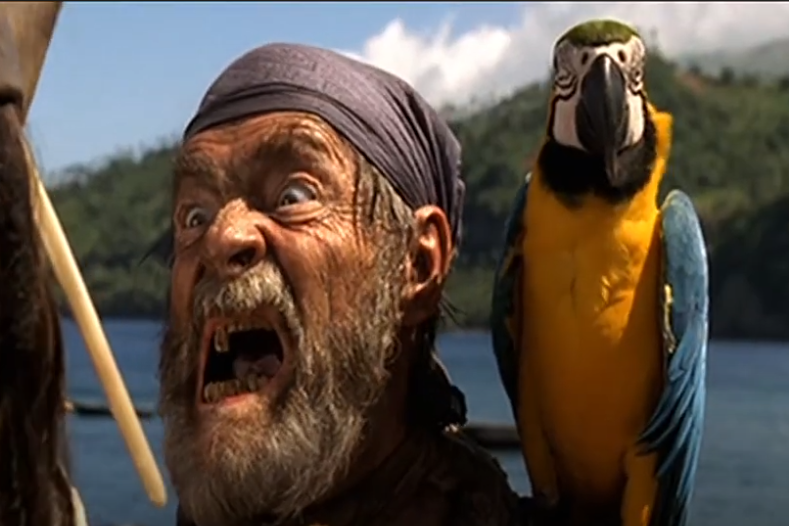
The sassy parrot on Captain Barbossa’s shoulder in Pirates of the Caribbean wasn’t just one bird—it was a team of trained parrots, each skilled in flying, perching, or vocalizing on cue. Their performances added charm to the chaos, but parrots are sensitive creatures, and film sets can be overwhelming.
After filming, most were returned to their handlers. But with lifespans of 40+ years, their futures aren’t always secure. Some are adopted or cared for long-term; others face isolation, neglect, or are resold to collectors or productions. While some trainers provide excellent care, there’s little oversight to guarantee these scene-stealers live out their lives in comfort. That once-famous parrot may now sit in silence—far from the spotlight, and far from the sea.
The Wolves of Game of Thrones Were Too Wild to Keep
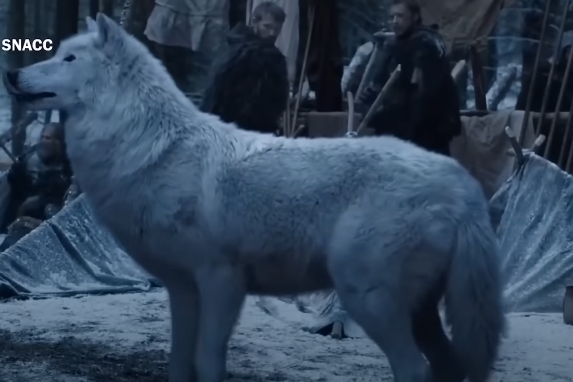
Remember the direwolves from Game of Thrones? Fierce, loyal, and unforgettable. In season one, real wolf-dog hybrids brought them to life—like Odin, who played Jon Snow’s Ghost. But while they looked amazing on camera, they were tough to manage, and CGI eventually took over.
After filming, Odin went home with his trainers, but the show’s popularity sparked a dangerous trend: fans rushed to adopt similar-looking breeds like Huskies and Malamutes. Shelters soon saw a spike in abandoned dogs when new owners realized how demanding they were.
The real direwolves faced their own challenges. Too wild for homes, too tame for the wild, many hybrids were hard to place. Some found sanctuary. Others didn’t. On-screen, they were legends. Off-screen, they were animals caught in the shadow of fantasy—misunderstood and left behind.


